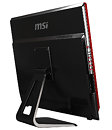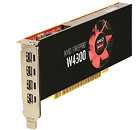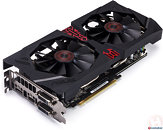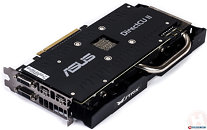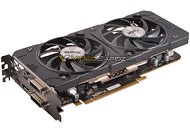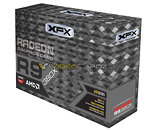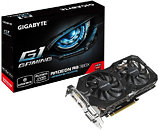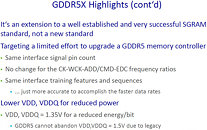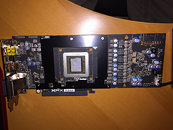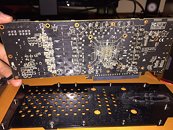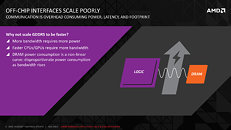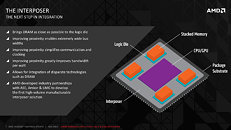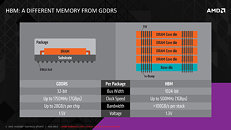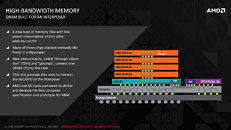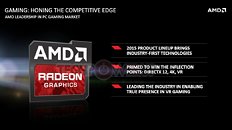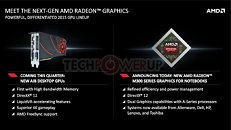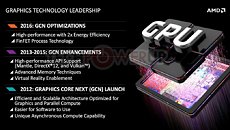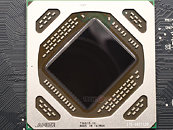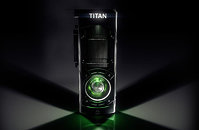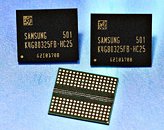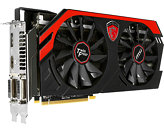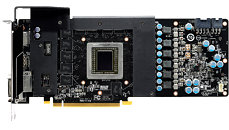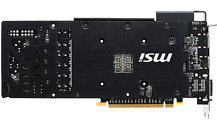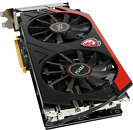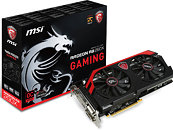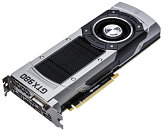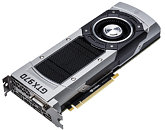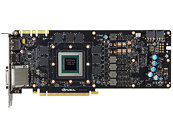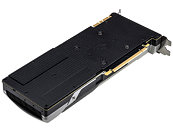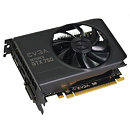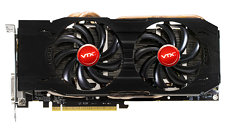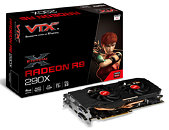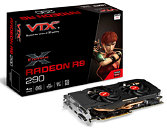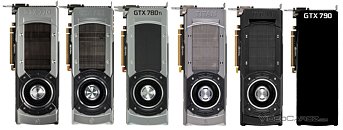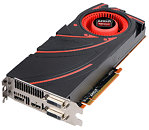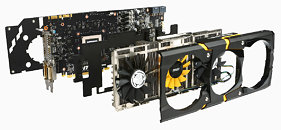
JEDEC Announces Publication of GDDR5X Graphics Memory Standard
JEDEC Solid State Technology Association, the global leader in the development of standards for the microelectronics industry, today announced the publication of JESD232 Graphics Double Data Rate (GDDR5X) SGRAM. Available for free download from the JEDEC website, the new memory standard is designed to satisfy the increasing need for more memory bandwidth in graphics, gaming, compute, and networking applications.
Derived from the widely adopted GDDR5 SGRAM JEDEC standard, GDDR5X specifies key elements related to the design and operability of memory chips for applications requiring very high memory bandwidth. With the intent to address the needs of high-performance applications demanding ever higher data rates, GDDR5X is targeting data rates of 10 to 14 Gb/s, a 2X increase over GDDR5. In order to allow a smooth transition from GDDR5, GDDR5X utilizes the same, proven pseudo open drain (POD) signaling as GDDR5.
"GDDR5X represents a significant leap forward for high end GPU design," said Mian Quddus, JEDEC Board of Directors Chairman. "Its performance improvements over the prior standard will help enable the next generation of graphics and other high-performance applications."
Derived from the widely adopted GDDR5 SGRAM JEDEC standard, GDDR5X specifies key elements related to the design and operability of memory chips for applications requiring very high memory bandwidth. With the intent to address the needs of high-performance applications demanding ever higher data rates, GDDR5X is targeting data rates of 10 to 14 Gb/s, a 2X increase over GDDR5. In order to allow a smooth transition from GDDR5, GDDR5X utilizes the same, proven pseudo open drain (POD) signaling as GDDR5.
"GDDR5X represents a significant leap forward for high end GPU design," said Mian Quddus, JEDEC Board of Directors Chairman. "Its performance improvements over the prior standard will help enable the next generation of graphics and other high-performance applications."




